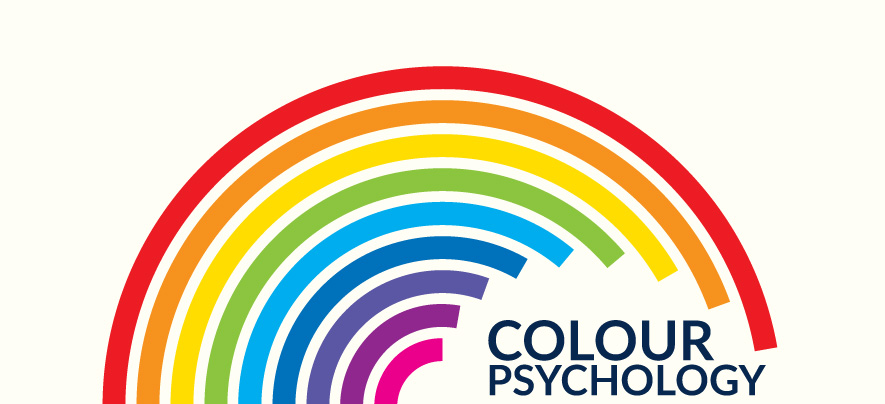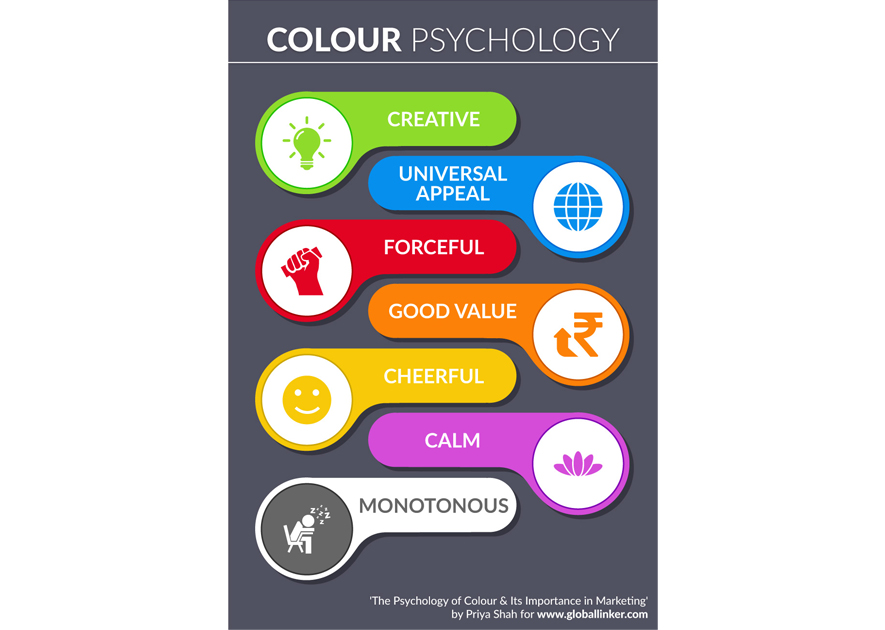The Psychology of Colour & Its Importance in Marketing

Marketing
469 week ago — 4 min read
As Holi, the Indian festival of colour approaches, it got me thinking about how colour plays a role in everyday life, and especially in our marketing decisions. Colour, as a tool of persuasion, has been one of the most controversial aspects of marketing. From the paint of your office walls to the colour of your product packages, everything can be a means to achieve your business goals.
Colours have been proven to make employees more productive and buyers spend more. Understanding the psychology of colour in marketing can, thus, be a great tool to expand your potential. Research has proved that 93% of your audience bases their purchase on the visual appearance of the company/brand logo, brochures, website design, and catalogues.
Kissmetrics even goes on to suggest that colour can become the primary reason for 85% of shoppers to go for a product. Here are the different ways in which colour can persuade a buyer:
Evoke emotional “action”
Sally Augustin, an environmental psychologist suggests that colours evoke high emotional responses from people. Though, there aren’t any universal truths, colours can be representative of a state of mind. However, this may vary depending on culture, gender, age, belief and past experiences of your audience demographic.
A particular shade of green might remind you of your distaste for an allergy medicine while another shade of blue can relate to one of your favourite music videos.
The psychology that works is deep within the subconscious, and we can’t really reason why certain colours are more intriguing than others. Exceptions do exist, but studies have revealed generalities that marketers can use to push their products.
Green for creativity
Research has always linked the colour green to creative thought and broader thinking. There seems to be some sort of positive association between re-growth, nature and the colour ‘green’. This is also the reason why your office cubicles should be a shade of green.
Red for reduced analytical thinking
It’s interesting why red sports cars have always been more expensive to insure. The colour ‘red’ provokes faster reactions and is more forceful. This boost of energy is however short-lived, within which customers skip the ability of analytical thinking.
Andrew Elliot, a professor of psychology from the University of Rochester, wrote a paper that suggested athletes are likely to perform badly if the opponent team members wear red.
Red has also been linked to several cultural specific issues. If you have been a poor academic performer as a child, you may associate the colour red to a whole lot of red marks on your notebooks or papers! Not necessarily a positive association to have.
Blue for universal acceptance
Blue turns out to be the favourite colour of people around the globe. If you are targeting a large demographic, in general, and not specific groups, blue would be the best way to go. This is why we have blue common areas in offices and most packaged products in blue.
Other than these three most important colors in our spectrum:
- Yellow is a cheerful colour but isn’t too much of a personal favourite for both sexes
- Orange is associated with good value
- Pink helps calm people down
- White can be boring
It is always advisable to conduct thorough research into your audience demographic if you’re trying to use this aspect of human psychology to earn revenues.
Online, it’s possible to use A/B testing to assess which colour combination gives you the results you want. Make sure you test before you start selling.

Posted by
Priya Florence ShahI'm the Founder and CEO of BlogBrandz Digital LLP, an award-winning online publisher, bestselling author, and online branding consultant. Visit BlogBrandz.com/tips for online...
Network with SMEs mentioned in this article
View Priya Florence 's profile
Most read this week















Comments (3)
Share this content
Please login or Register to join the discussion